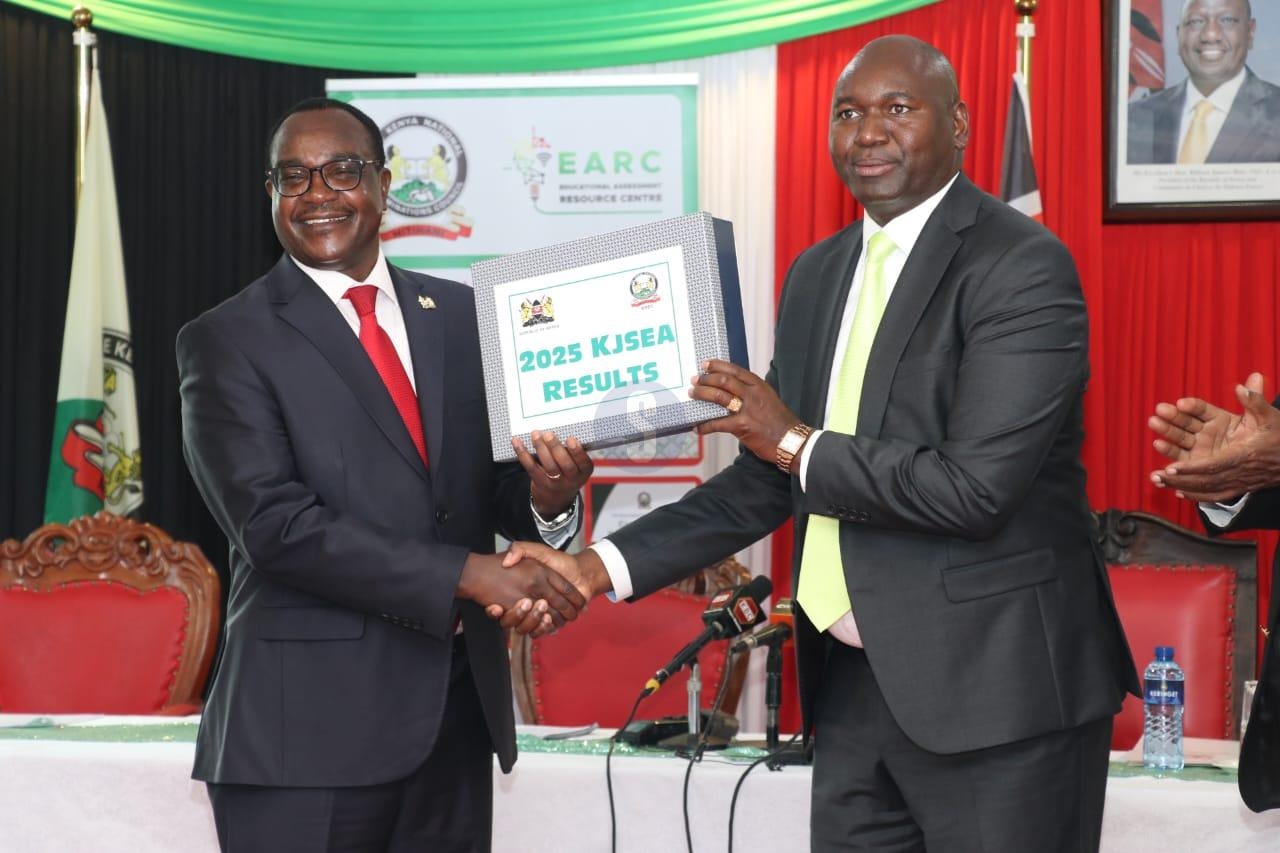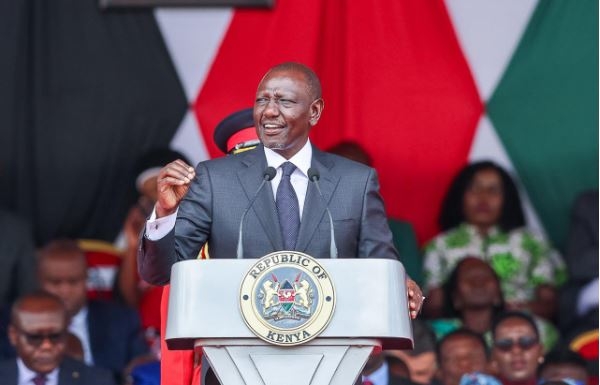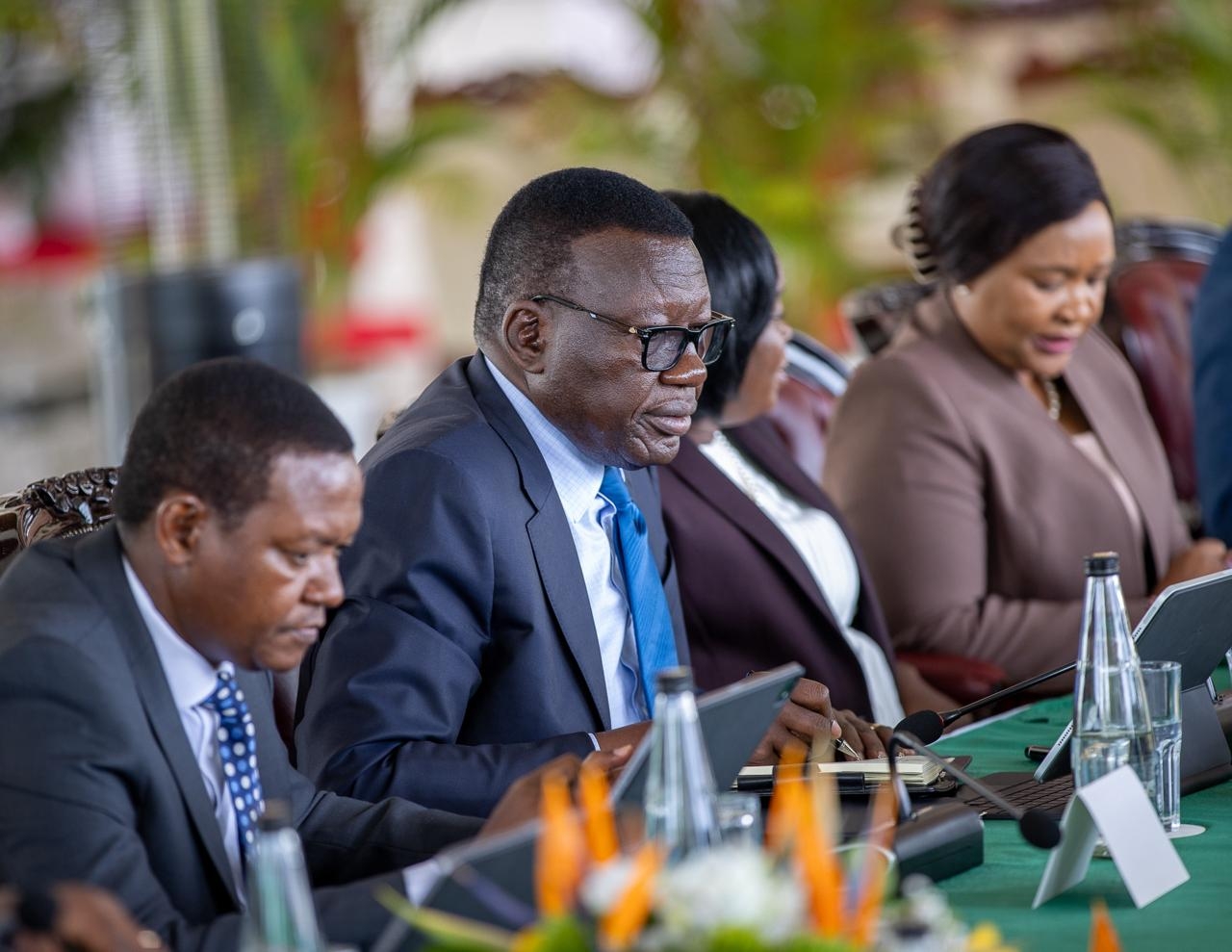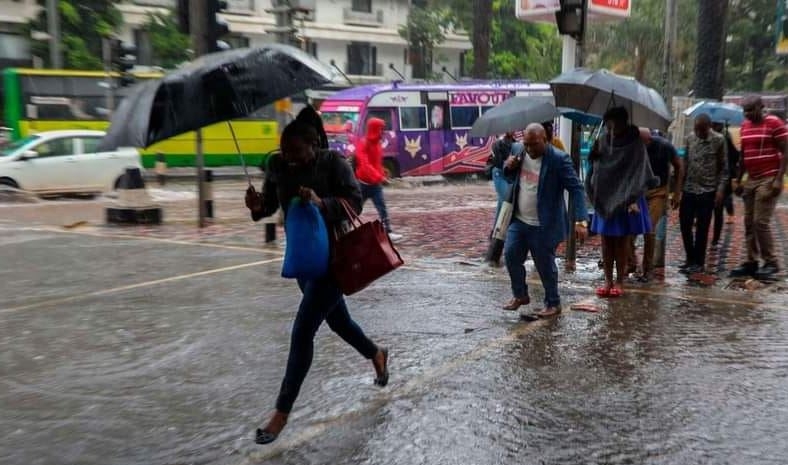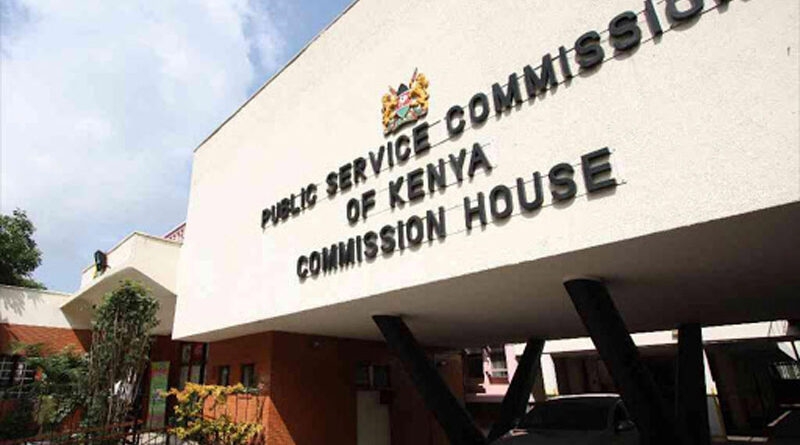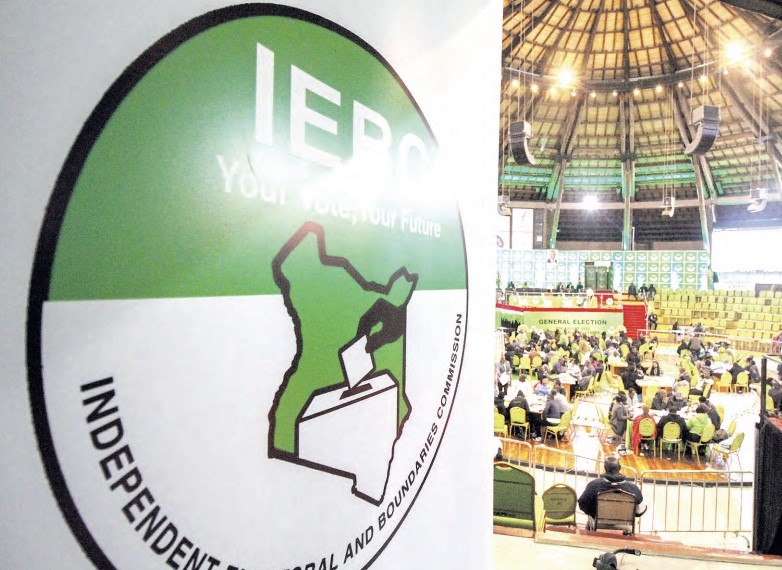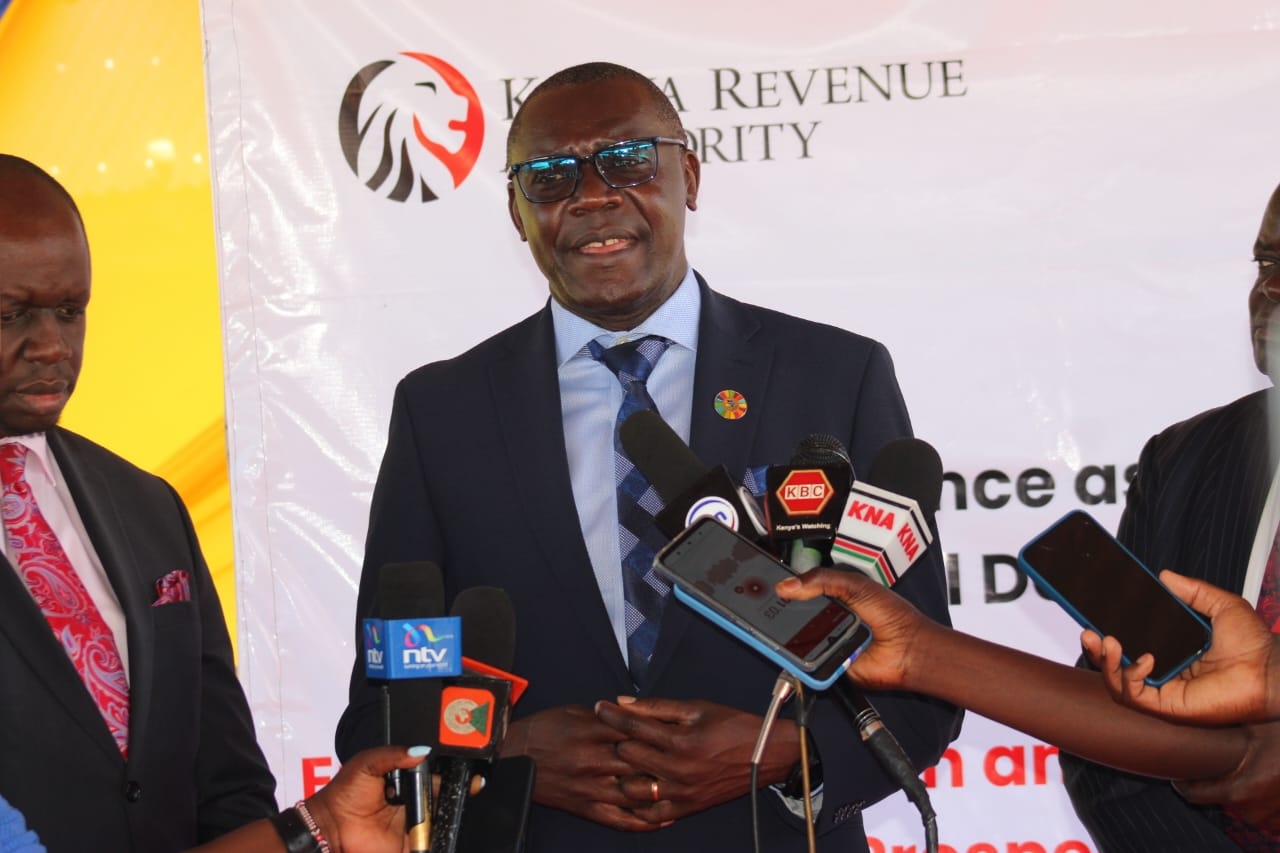

The Kakamega government plans to establish a branch of the Kenya Marine and Fisheries Research Institute in Mumias West subcounty.
The Sh1 billion research and training centre will be located at the confluence of rivers Lusumu and Nzoia in Matawa community.
The initiative received formal backing in June when the county assembly approved a motion allowing the executive to allocate 25 acres in Musango community, Mumias Central ward, for the project.
The upcoming institute is a joint venture between KMFRI and the county government, aimed at improving aquaculture research, advancing fish farming, creating jobs, and enhancing food security and economic growth.
Once completed, the centre will be equipped with facilities, including fingerling hatcheries, fish feed processing units, demonstration ponds, laboratories, administrative offices and a training complex.
Governor Fernandes Barasa on Monday described the project as a “turning point” for Kakamega, saying it would empower the youth, generate employment and uplift rural economies through skills development and sustainable aquaculture.
KMFRI assistant director Paul Orina, a fish breeding specialist, said the centre would significantly help bridge the country’s fish demand, which currently stands at 350,000 tonnes annually.
He said Kakamega’s climate, water resources and land offer ideal conditions for high-value fish species farming, fingerling production and restocking of rivers.
Earlier this year, KMFRI and the county government signed a five-year Memorandum of Understanding to formalise the project.
The institute’s development builds on the momentum of the Kakamega Fish Processing Factory in Lutonyi, which was established in 2021.
The factory processes up to 30 tonnes of fish daily—primarily pond-raised tilapia—and is accredited to export to EU markets, giving local farmers access to domestic and international buyers.
Kakamega boasts 6,976 registered fish farmers managing 9,988 ponds across all 60 wards, making aquaculture one of the fastest-growing sectors in the county’s economy.
Agriculture and livestock development executive Mophat Mandela called the project a cornerstone for regional development, stressing its role as a springboard for innovation, food security and economic growth.
The initiative is aligned with national and continental development blueprints, including Kenya’s Vision 2030, Africa Agenda 2063, and the Sustainable Development Goals (SDGs), with a strong focus on environmental sustainability and inclusive job creation.
Resource mobilisation, partnerships and donor relations chief officer Barack Otieno said the project will be funded through a blend of donor grants, research funding and subscriptions.
The rollout will be in phases and eventually include satellite stations across subcounties served by rivers, ensuring equitable access and impact.
As the final legal framework is being finalised, excitement is building among residents of Mumias West and beyond, with hopes high that the KMFRI centre will usher in a new era of aquaculture-led economic transformation.
The institute’s mandate includes research in marine and freshwater fisheries, aquaculture, and environmental studies, and it will collaborate with institutions of higher learning for training and knowledge-sharing.
The county government sees this project as part of its broader strategy to diversify the local economy away from dependence on single-crop farming and to offer residents new, sustainable sources of income.



